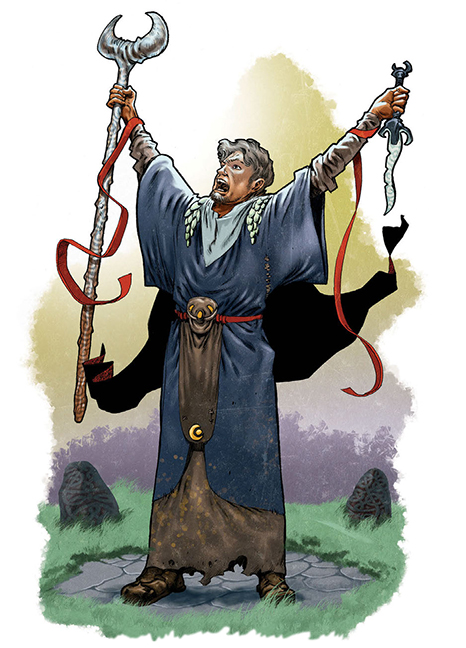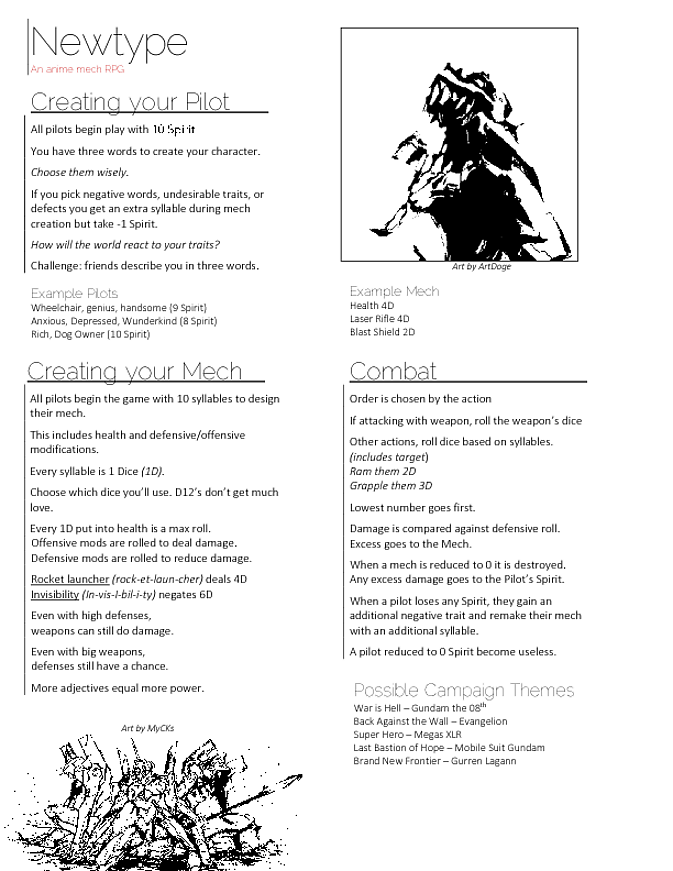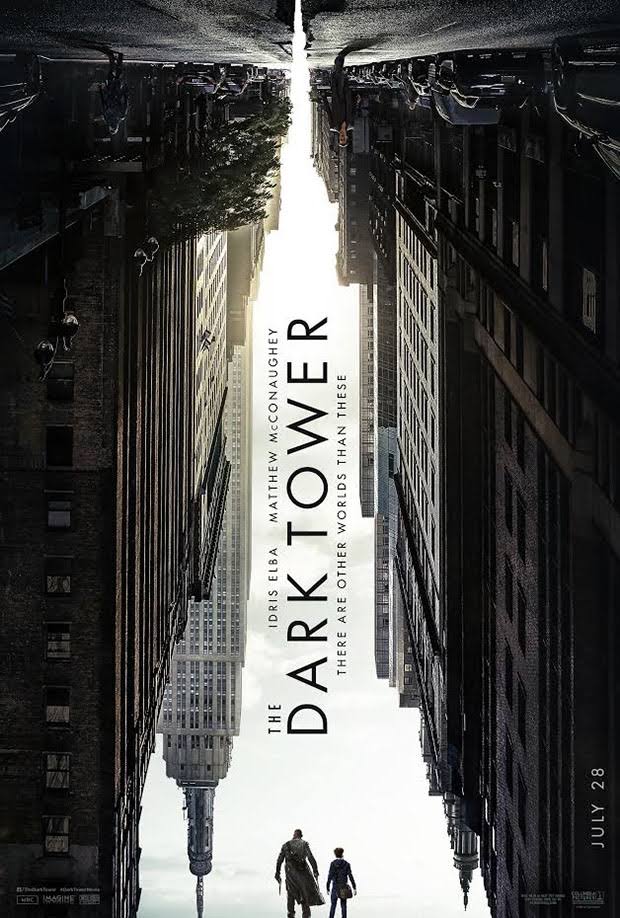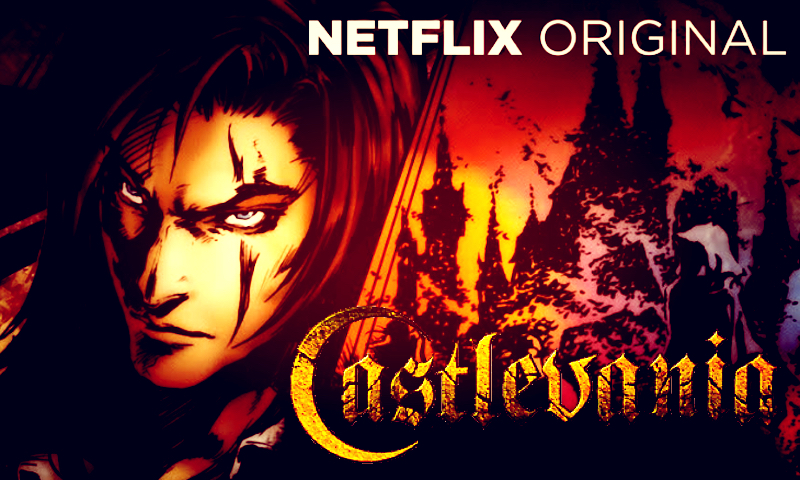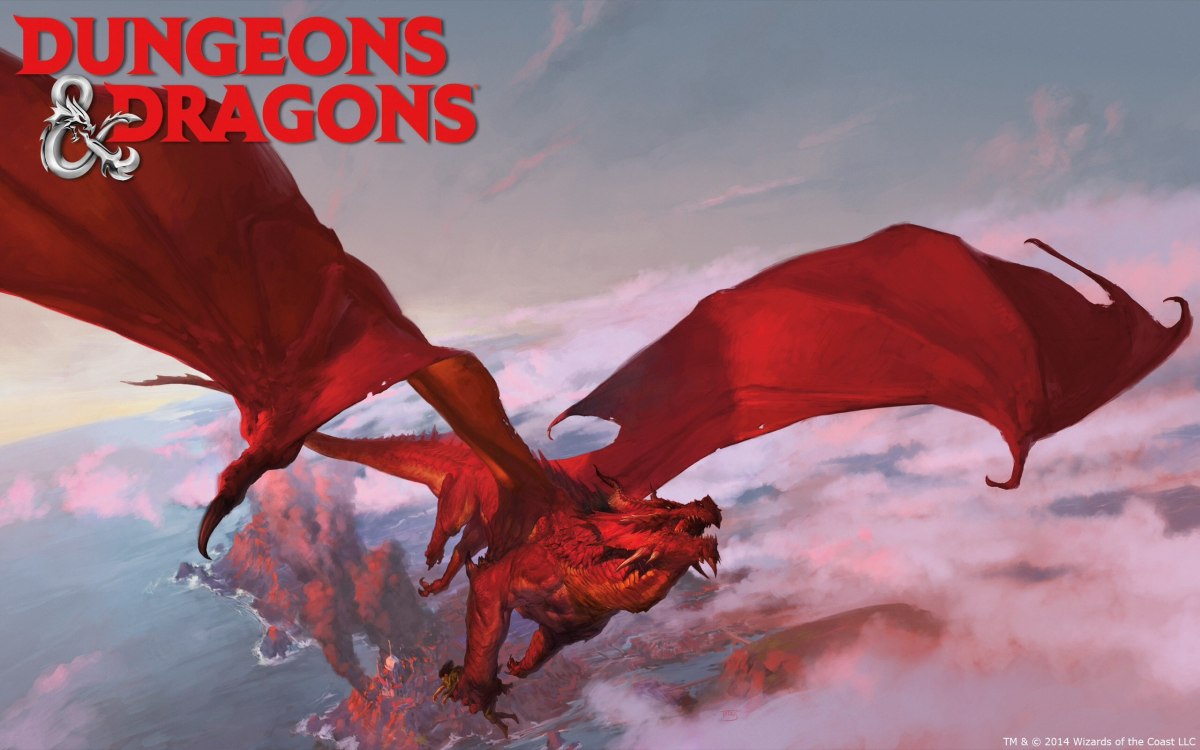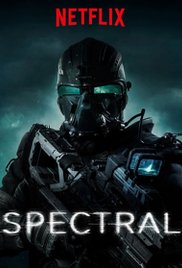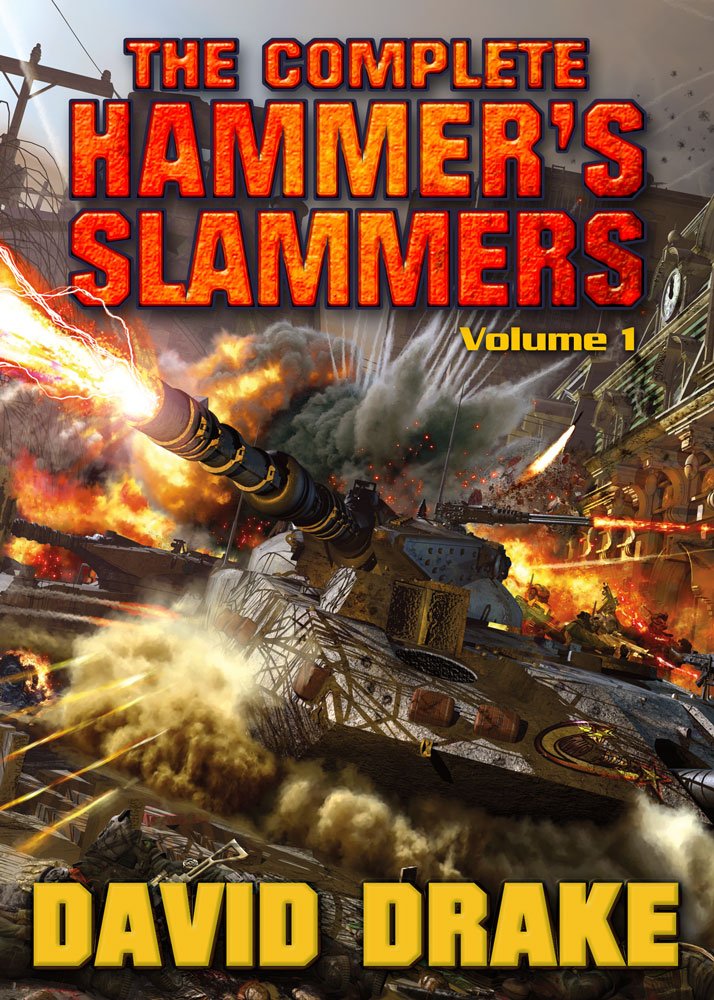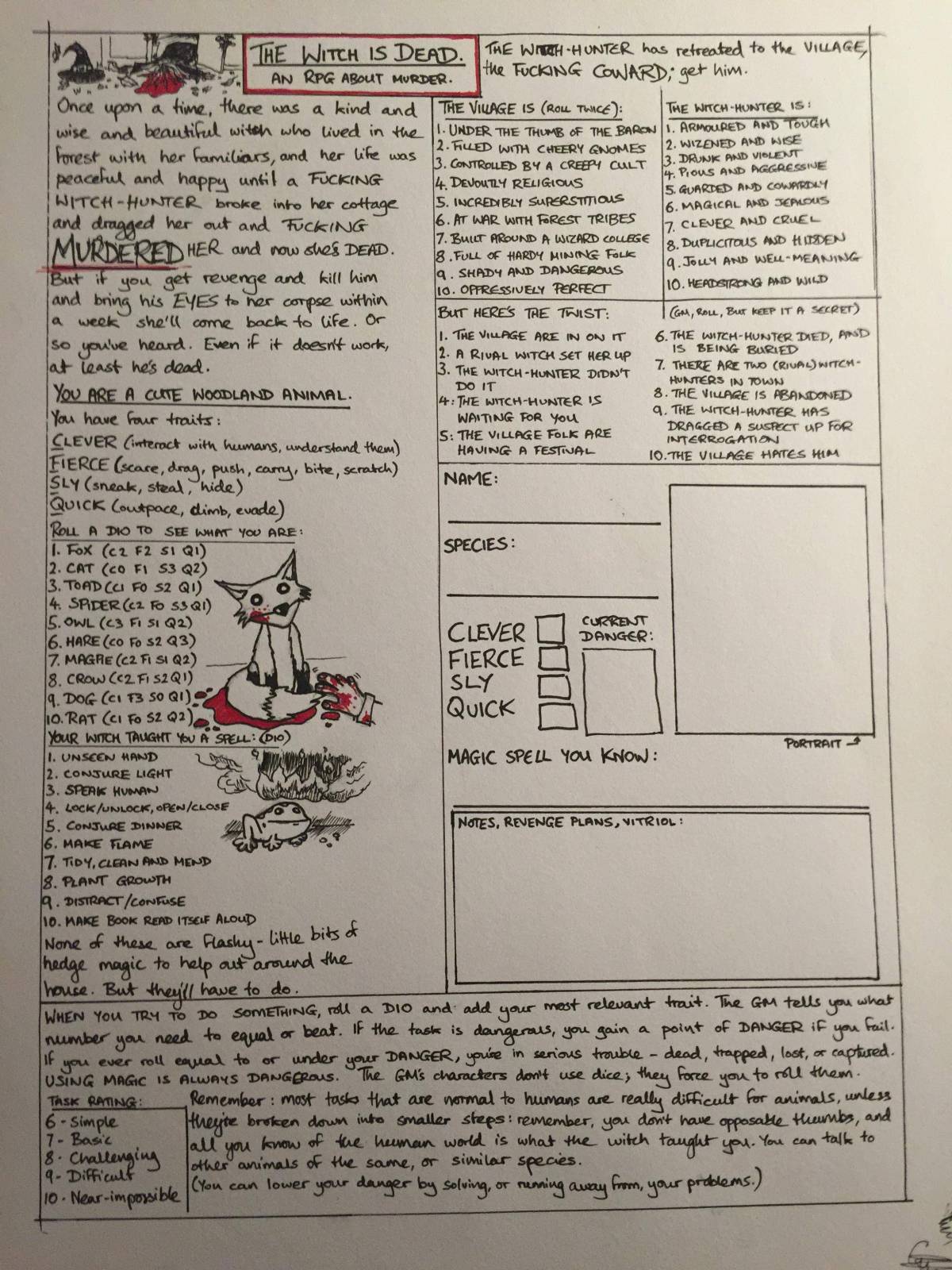Originally a prestige class that combined divine and arcane spellcasting, the Mystic Theurge has like the Eldritch Knight and Arcane Trickster gotten a treatment as a subclass in Unearthed Arcana(UA), now of Wizard rather than any arcane caster. In its 5e iteration the class hybridizes arcane and divine magics by allowing Wizards to pick from the Cleric spell list, under certain restrictions.
This is a class I’ve found intriguing since it made an appearance in the Order of the Stick, and I finally got a chance to play one in my current Curse of Strahd campaign. However, the class was notably passed over for publishing in Xanathar’s Guide- most of the other UA classes excluded from the book such as Lore Wizard were seen as overpowered or conceptually flawed and seem to have been abandoned. So, is this incarnation of Theurge similarly overpowered? Or is it unplayable for some other reason?
The original prestige class was hamstrung by its delayed access to high level spells unless the entry requirements were cheesed with the 3.5 Arcane Heirophant; in contrast the 5e subclass is a strong option for what is already often considered the most powerful class, the Wizard, as it further expands the already sprawling Wizard spell list.
However, the Theurge is constrained by limited spell selection and preparation. Theurges can learn their domain spells but do not automatically have them prepared. Cleric spells almost always must be taken as spells learned from leveling up, and in a lower fantasy world like Ravenloft there are very few options for copying spells. Even if spells are available for copying the Wizard prepares only their level + intelligence modifier in spells, while Clerics receive their wisdom modifier + level and 2 domain spells per spell level, for an effective extra spell prepared every level.
The Theurge, already behind in total spells prepared, must now spread their spell preparation further with some like Cure Wounds, Healing Word, and Revivify being essentially mandatory if available. With the weak Wizard hit die(d6) and no armor proficiency the Theurge is also obligated to prepare either mage armor or shield, if not both, leaving a very limited spell selection to spread among proactive spells like evocation, illusions, control such as Hold Person, and more utility oriented spells like Fly.
For the first 7 levels my Theurge had to forgo all direct damage spells except Spiritual Weapon, and all movement spells such as Misty Step, Fly, or Spider Climb, in order to prepare my healing, control, and utility spells. I’m not saying this is a bad class- I’ve found my Theurge to be very effective in a hybrid healing/control role, and it offers more control tools than Cleric in addition to utility like illusions, but the cleric spells compete directly with good Wizard options, and the result is squishier than a Cleric and has a higher opportunity cost to prepare escape spells to compensate.
Notably the Theurge does not get initial at will powers such as Divine Portent, Arcane Ward, or the War Cleric’s extra attack, except for their Domain’s channel divinity. These are often situational and the absence of Turn Undead has been especially painful in Curse of Strahd. The resulting character felt particularly fragile early on; I have been able to spare a slot for a damage spell once I reached level 8 but I’m still much more fragile than my old War Cleric or an Abjuration Wizard would be.
While quite powerful when ramped up the Theurge gets very little of that power in the first 11 or so levels where most play happens, and in that light I doubt whether the tradeoff is optimal – high level spellcasters are already so powerful that the extra spell choices make little difference, especially due to the need to pick 10 cleric spells before having access to the efficient enough for combat use Heal and Healing Word, and this is assuming the fairly optimal choice of Life domain. Bard fits into the same niche of controller and healer while getting better armor, hit dice, and bardic inspiration to make them more durable and useful at early levels than a Theurge. Still, the Theurge has a certain flavor the Bard lacks, of the original class Magic User or some occult priest explicitly blending divine and arcane magics, nor does it overshadow other options as the Lore Wizard does.
I ultimately suspect the Theurge is one of the subclasses destined to never be officially published. It is more difficult to design than most as it runs off the features and spell lists of two classes- every new cleric domain would have to be considered in light of what it gives the Theurge, already a very strong option even if it is constrained by spell choice.
TL,DR: Theurge is an interesting subclass for Wizard both mechanically and in terms of flavor, restrained from being broken by limited spell preparation, but is a bit wonky and needs DM attention to the domain being picked.
Image sourced from the Theurge Class for 13th Age by Kobold press, found here
